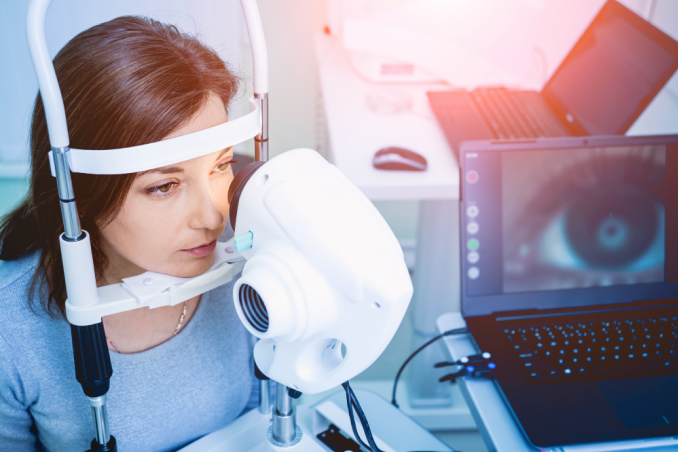Eye Surgery
Laser eye surgery is fast becoming the go-to treatment for anyone trying to get rid of their spectacles and lenses. Eyesight issues have existed since time immemorial, but the methods to treat it like glasses and lenses are a thing of the past. People with glasses or contact lenses can give themselves a new look and gain confidence from their freedom by giving up on what’s holding them back.
There are different types of laser eye surgeries that you can go through after an evaluation from your doctor. They can suggest the best surgery depending on the urgency and the kind of care you need. In refractive surgery, the laser removes a layer of corneal tissue to reshape the cornea and help you see better. After the surgery, you will be recommended a lot of rest and restraint from straining activities for your eyes so that your eye health is well and you heal accordingly. The procedure can treat issues that start with long and short sight and astigmatism. Surgery costs vary depending on each case and what the doctor recommends.
How does laser eye surgery work?
A laser eye surgery procedure primarily focuses on the cornea. A cornea is a dome-shaped surface covering the front of your eye and letting the light enter your cavity. A laser removes a small tissue from the cornea, and the doctor carefully corrects its shape to allow light to focus on the retina correctly.
The complete duration of laser eye treatment takes a little longer than 30 minutes and is performed under local anesthesia.
Who can have laser eye surgery?
Laser vision correction might not be the go-to procedure for everyone. Getting the right doctor and determining if the surgery is the right option for you is essential to progress in your journey towards the freedom from wearing contact lenses. To determine if you are suitable for laser eye procedure, your doctor will ask questions and thoroughly examine your eye, the existing condition of the problem, and the thickness of your cornea, among other things.
The types of laser eye surgery
There are different types of laser treatments that your surgeon might recommend depending on what suits you the best. They are designed to address particular needs that are unique to your problems. The following is the list of surgeries that your doctor might recommend:
- LASIK: A quick and painless procedure where the doctor creates a thin flap in the cornea and uses a laser to remove a small tissue from the cornea. And the flap is again reinstated in the same position, and your eye heals to optimal 20/20 eyesight naturally.
- PRK: In this technique, rather than creating a flap in the cornea, the surgeon eliminates the outer layer of the cornea before utilizing the laser to reshape it.This option is suitable for anyone with thin corneas or a corneal abnormality. It takes slightly longer to heal, and patients can expect light sensitivity for some days.
- LASEK: Instead of removing the cornea’s outer layer, the doctor creates a flap in the eye’s epithelium covering the cornea. A laser can reshape the cornea underneath the flap and the healing and recovery time processes are very similar to PRK surgery.
- Cataract: Cataract surgery is typically done for older people when the doctor removes the cloudy lens and replaces it with a clear artificial lens. It can solve their short and long sight issues with a single sitting, but it’s vital to discuss the duration it takes to heal from the surgery with your doctor.
What happens during laser eye surgery
An eye laser surgery can be broken down into two parts: the pre-operative procedures and the during surgery. It’s important to understand details regarding aftercare and how to ensure you heal correctly. Before the operation, the patient needs to undergo a comprehensive eye exam that provides the doctor with a complete view of the eyes and that no underlying problems need to be addressed.
On the day of the surgery, it’s a common practice for the doctor to ask you to avoid contact lenses. After the inspection, the doctor will use anesthesia to numb the eye and prevent surgery-related discomfort.

